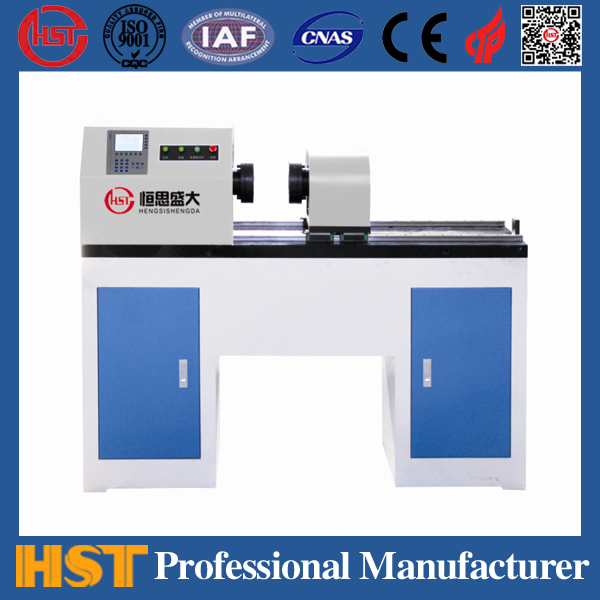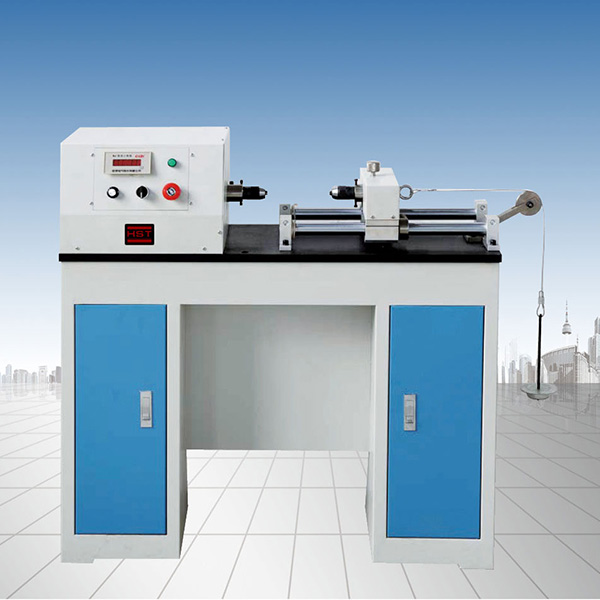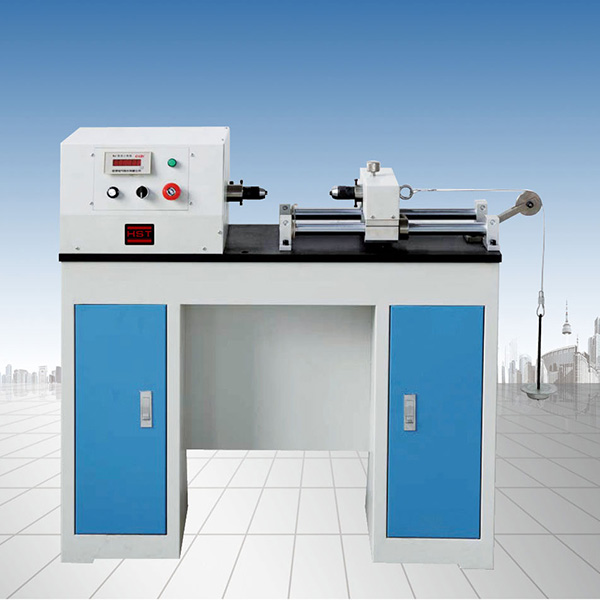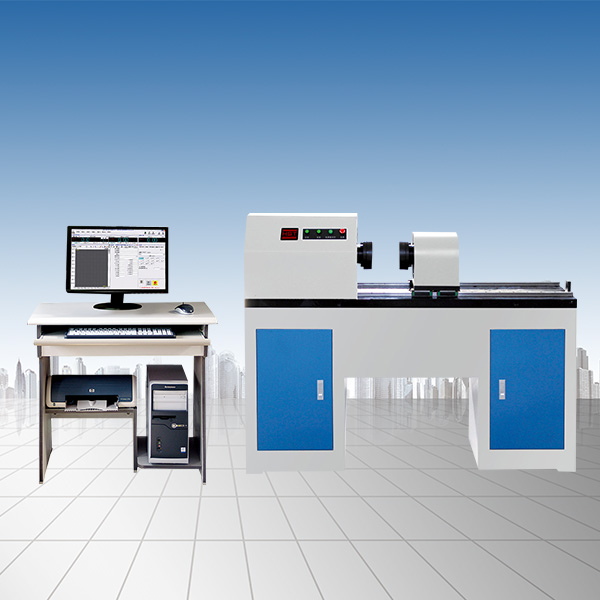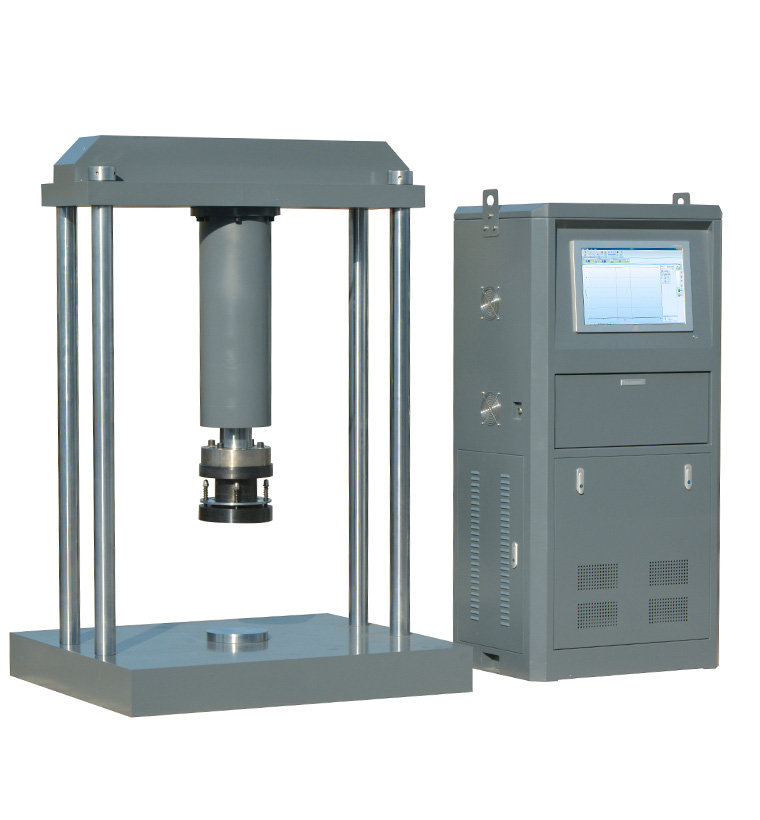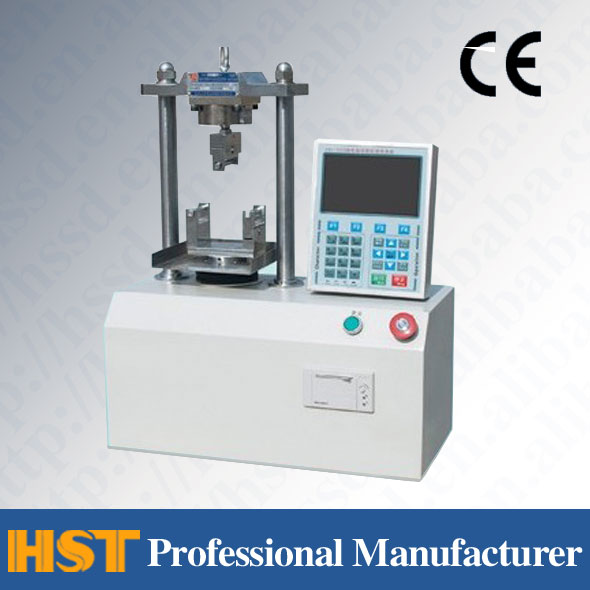Company News
Things to note when purchasing a material testing machine
Release time:2018-11-23 source:Jinan Hengsi Shanda Instrument Co., Ltd. Browse:
1. First, consider the need to test the tension range of the material.
The different tension range determines the different sensors used, which also determines the structure of the tension machine, but this item has little impact on the price (except for the gantry). For general flexible packaging manufacturers, the tension range of 200 Newtons is enough. Therefore, it is also decided to use a single-arm type.
The corresponding structure to the single-arm type is a gate-type structure, which adapts to relatively large tension, such as one ton or more. Therefore, flexible packaging manufacturers are basically not available.
2. Issues of test itinerary.
According to the performance and requirements of the flexible packaging film, the stroke is 500-600mm. If the material elongation exceeds 1000%, the stroke can be 1000 or 1200mm.
3. Standard configuration issues.
Three basic configurations of intelligence: host, microcomputer, and printer. If the microcomputer has strong functions, you can print directly. In addition, it can also be equipped with a normal computer. With a computer, complex data analysis can be carried out, such as data editing, local amplification, and the report format can be adjusted, and statistical analysis of group styles can be carried out.
If you use a computer, the manufacturer should equip the corresponding software control system.
4. Output result.
The output results of the test results can be set arbitrarily: force value, elongation, tensile strength, constant elongation, fixed elongation value, yield strength, elastic modulus, and test force. This can be said to be a comprehensive result of the output when the microcomputer is operated. Products from some foreign manufacturers can generally output these 8 items. Some domestic manufacturers can output 5-6 items, while some manufacturers can only output three items: force value, average value and small value.
5. On the experimental projects that can be done.
Flexible packaging requires that one tension machine is used for multiple purposes, that is, on the basis of equipped with different fixtures, tensile, compression, bending, tearing, shear, 180-degree peeling, and 90-degree peeling tests can be performed.
In addition to the above projects, some tensile machines on the market have developed friction coefficient testers that can test friction coefficient due to their high sensor accuracy (some are within 3/100,000).
6. Main configuration of product machinery:
The transmission has lead screw transmission and rack transmission. The former is expensive, used for high accuracy and has high repeatability for tests; the latter is cheap, used for low accuracy and has low repeatability for tests.
The lead screw has a decisive effect on the measurement of tension accuracy. Generally, there are ball screws, trapezoidal screws, and general screws. Among them, the accuracy of the ball screw, but its performance can only be achieved by operating the computer servo system, and the whole set is also relatively expensive. The use of general lead screws and trapezoidal lead screws can achieve the accuracy required for flexible packaging, that is, 0.5-1% accuracy.
Drives, with geared and chain drives, the former is expensive for high precision; the latter is cheap for low precision.
The main cost of sensors lies in their lifespan. Photoelectric induction is the relatively advanced technology, which is generally available for more than 100,000 times, and can be achieved by import and some domestic joint venture manufacturers.
7. Test speed.
The national standard stipulates that the test speed is 200mm/min. Some of the market equipment are 10~500mm/min, and some are 0.01~500mm/min. The former generally uses ordinary speed control systems, which are relatively low in cost and rough affects accuracy; the latter uses servo systems, which are expensive and have high accuracy. For flexible packaging companies, it is enough to choose a servo system, which is 1~500mm/min. This does not affect the accuracy, and the price is within a reasonable range.
8. Measurement accuracy.
1. Tensile test
Tensile test (stress-strain test) generally involves clamping the two ends of the material sample on two fixtures at a certain distance, and the two fixtures separate and tensile the sample at a certain speed to measure the stress changes on the sample until the sample is damaged.
Tensile test is one of the widely used methods to study the mechanical strength of materials, and a tensile test machine with constant speed movement is required. According to the different load measurement methods, tensile testing machines can be roughly divided into two categories: pendulum tensile testing machines and electronic tensile testing machines. Currently, the most commonly used electronic tensile testing machines are used.
2. Electronic tensile tester selection index
Since the flexible packaging materials are mainly polymers or related materials, as mentioned above, the elongation of polymer materials is much better than that of metals, fibers, wood, boards and other materials, the tensile machine for detecting polymer polymers is different from the tensile performance detection tensile machine of the usual material. It is especially important to pay attention to the effective stroke of the electronic tensile machine and the sample fixture.
3.1 Valid itinerary
When conducting tensile tests, although the size of the sample used is small, the elongation of the material is generally relatively high. Therefore, it is necessary to use a tensile machine with a large stroke to detect the tensile performance of flexible packaging materials. Otherwise, the operation of the fixture may exceed the stroke limit and cause damage to the equipment.
The calculation formula for the elongation of break or elongation of yield (εt, unit is %) given in GB13022-91 "Testing Method for Tensile Properties of Plastic Films",
εt=[(L-L0)*100]/ L0
Where: εt is the elongation of break or the elongation of yield;
L is the distance between the marking lines when the sample is broken or when the yield is obtained;
L0 is the distance between the markers.
Recommended productsPRODUCTS


















